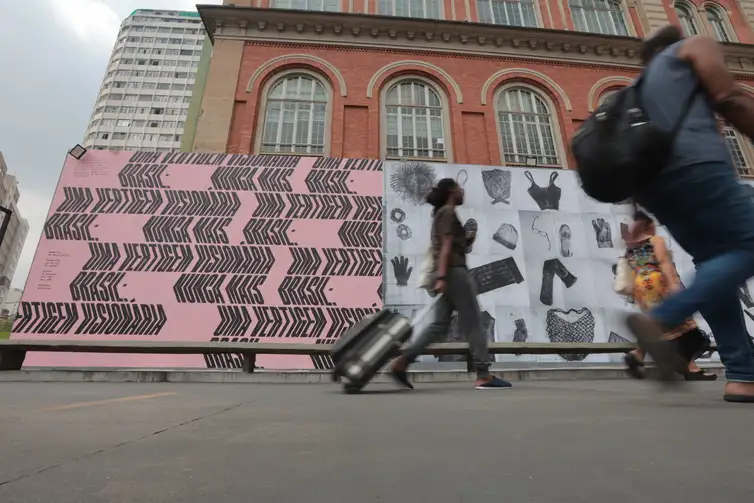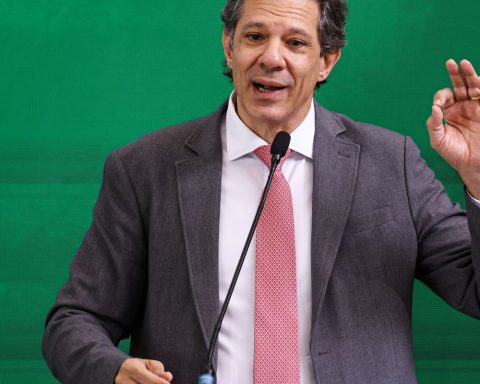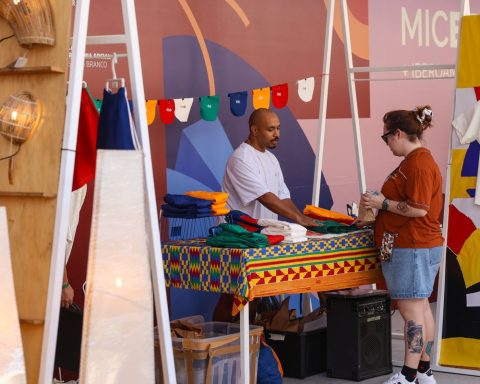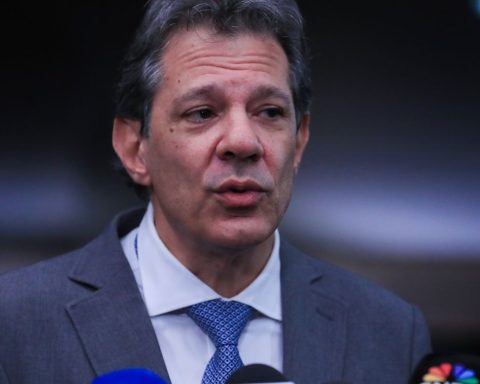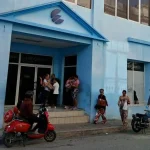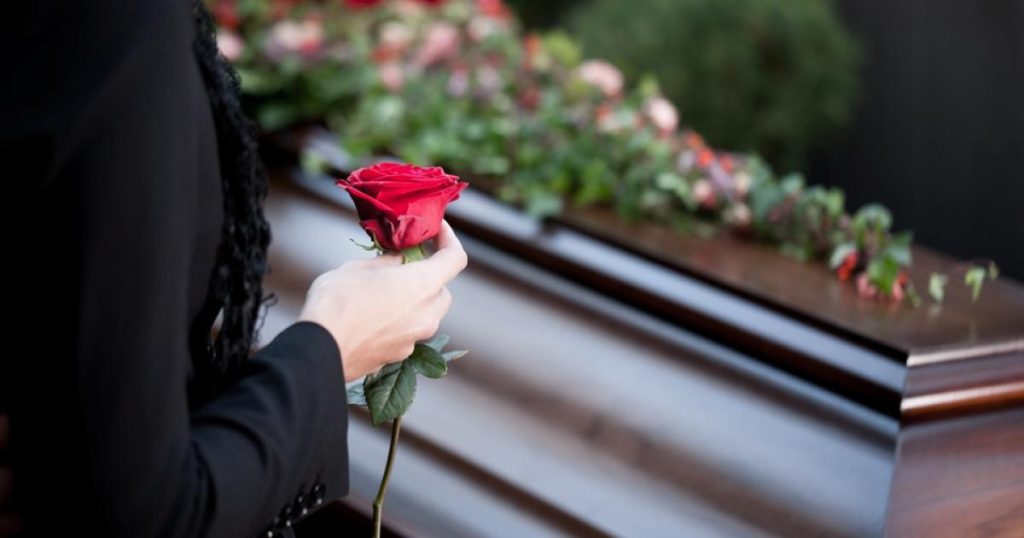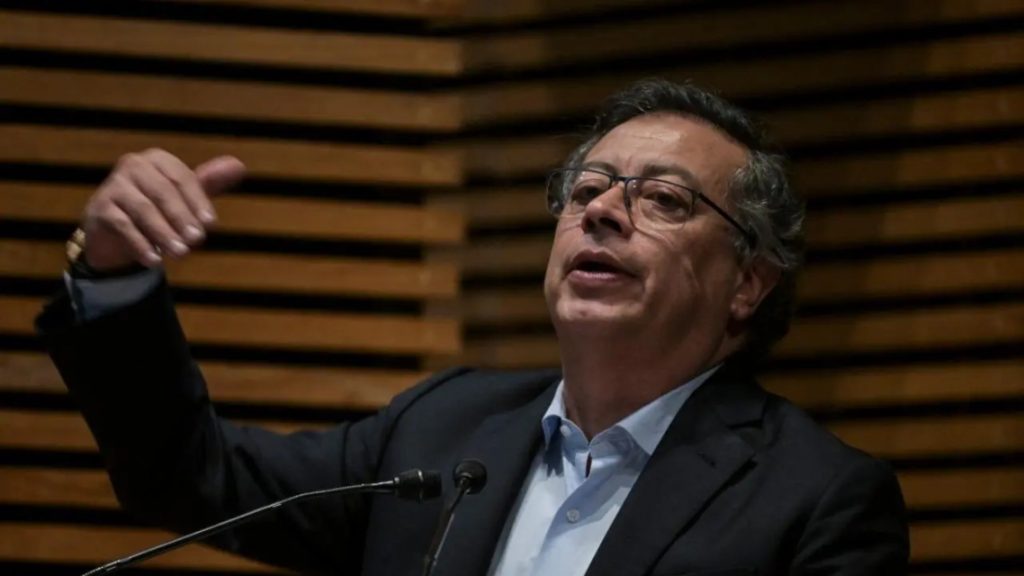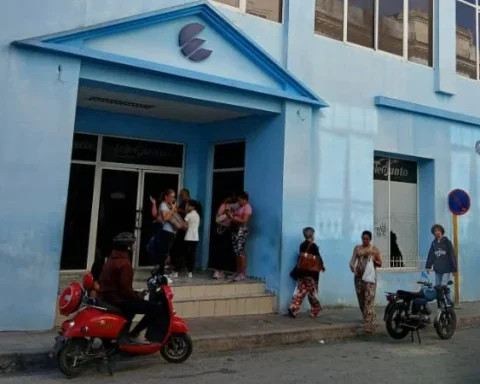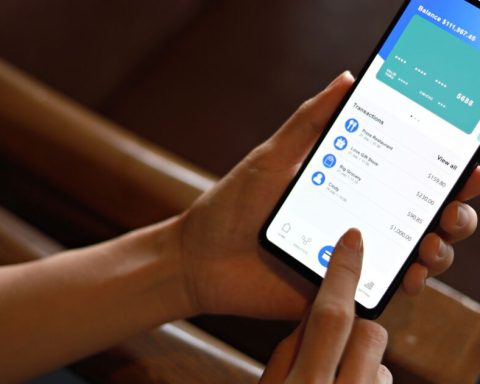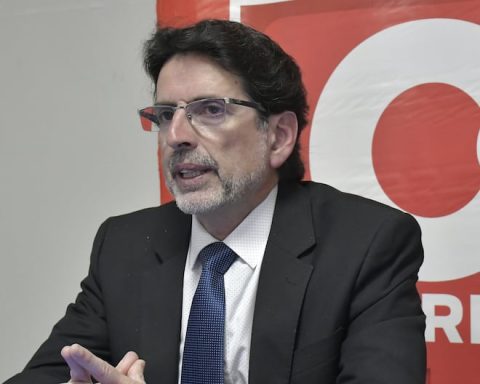The São Paulo Resistance Memorial, the only space in the country to safeguard a collection on acts of resistance to repression apparatuses in Brazil, celebrated 16 years of activity this Friday (24). To mark the anniversary, the museum, located in the building where the State Department of Political and Social Order (Deops/SP) operated for almost four decades, prepared a mural to provoke very current reflections.

The work This chapter has not been completed (2024), by Rafael Pagatini, will be on display on the museum’s external mural. To honor and honor the memory of political persecutionists during the civil-military dictatorship established in 1964, with the coup that overthrew President João Goulart, Pagatini chose to display a 14.2m x 4.5m panel made up of 72 pages from the Superior’s processes Military Court (STM) related to the violence committed against such people, in retaliation for the questions they raised.
To make the presence of the victims of the dictatorship more pronounced, the researcher and teacher from Rio Grande do Sul shows sheets of paper with items such as clothes and ornaments. These pages were copied from the project Brazil: Never Againwhich, with collective efforts from different segments, from activists to figures from the Catholic and Presbyterian churches, preserved 1 million pages contained in 707 STM processes between 1979 and 1985.
One of the possible readings connects the panel to the book The Processby Franz Kafka, written in the context of the First World War, in 1914. The novel serves as a reference in that it also deals with the amazement of the protagonist, Josef K., to whom something is attributed that he does not know what it is and that is why is brought to trial. The anguish, because there is no certainty about what the outcome of the trial will be and, therefore, your fate and because you are a victim of justice are something that marks the book and is also identified in periods of authoritarian regimes.
Exhibition
The panel is part of the temporary exhibition A Visionary Vertigo – Brazil: Never Againmeasuring 400 m² and curated by Diego Matos. One of the sections offers visitors the opportunity to see works from the Alípio Freire Collection, created by former political prisoners such as Artur Scavone, Ângela Rocha, Rita Sipahi, Manoel Cyrillo, Sérgio Ferro, Sérgio Sister and Alípio Freire himself, during their stay in São Paulo prisons, during the dictatorship.
According to the director of Memorial da Resistência, Ana Mattos Pato, one of the most interesting and relevant points to note is the nature of the material that served as the basis for the Brazil: Never Again: documents prepared by the military themselves, agents of repression. “It’s documentation and, in that sense, irrefutable”, he tells Brazil Agencyadding that in this regard Brazil differs from Argentina, which is also portrayed in another exhibition currently open at the museum, called Argentine memory for the world: the ESMA Clandestine Center.
Some visitors, says the director, arrive at the museum without knowing anything about it. Brazil: Never Againwhile some have already seen a printed copy, but without having opened it before, only now, stepping on the memorial, do they discover its contents. “What I notice from people who come here is, firstly, a surprise. Many people didn’t know, they say, oh, I had it on my grandfather’s, my father’s, my uncle’s bookshelf. An ‘ah, I’ve heard about it’. But this ‘I’ve heard of it’, when you start talking, you see that it’s a distant memory”, he comments.
“And that impressed me a lot too, because, if we think about it, from the point of view of this story, it deserved a feature film, to be known, studied in depth, because it is a story not only of great courage, but , with little, a unique documentation reaction and an in-depth account of State violence during the dictatorship will be produced, and, moreover, a portrait of torture as a strategy of coercion”, he adds.
One of the main tasks carried out by the memorial teams is collecting testimonies from people who narrate what happened during the dictatorship. With the exposure, it has been resumed with more intensity. “It’s the first time that many of these people have gone public”, highlights Ana.
For the director, the prolonged silence until today is explained by a pact that was made, in order not to leave anyone vulnerable at the time, but also by a fear that still persists. “I think it has to do with the militancy archive, archives that were created, often, not to be found. They had to live in hiding”, he ponders.
“And I think a lot of people were also intensely involved, during the period of redemocratization they continued to be very afraid to speak, to say ‘look, I participated’, because it was a fact, the surveillance continued afterwards, during the period of democracy. [Demonstra] how much these people are marked by this fear.”
Service
The exhibition A Visionary Vertigo – Brazil: Never Again runs until July 27th, at Resistance Memorialin São Paulo. The exhibition has free entry and is open every day (except Tuesday), from 10am to 6pm.
